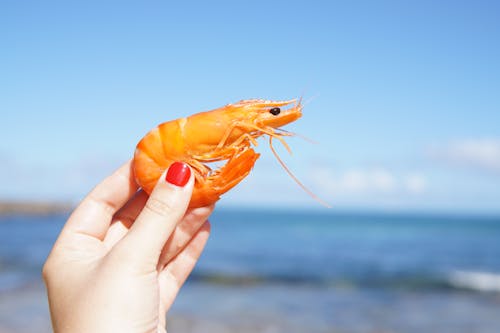Need for indoor shrimp farming: 50% of shrimps are imported
[ad_1]
The global demand for shrimp consumption is on the rise due to its growing popularity.
According to World Wildlife, the global community imports almost 50% of shrimps from China and Thailand. That’s a good percentage! Some countries like the US and India are in the race, but neither is producing half of the supply-demand.

It’s about time to look at the growing aquaculture. Indoor shrimp farming is inexpensive, biodegradable, and offers countless benefits.
An indoor shrimp farming business plan is all you need to get started. Here’s what you will need:
Choosing the Right Pond
Fresh or seawater, lukewarm or cold water, indoor or outdoor ponds are some options you will need to consider before stalking shrimps.
You will need a natural pond for commercial reasons to speed up the growth rate. Otherwise, you can farm shrimps in a new pond that you dug or in a water tank.
An indoor shrimp farming business plan will further clarify your choices.
Creating Suitable Atmosphere
Shrimps need an easy-going atmosphere. They eat insects and algae, which means you only have to find suitable water for them to live and grow.
Wrong water conditions will not support shrimp farming. You have to look for a correct pH level and temperature counting to 6 Fahrenheit for shrimp’s survival or install an aerator to add oxygen in the pond water.
Sourcing Young Shrimps
Stocking juvenile shrimps and growing them into the right conditions is one thing. Hatching young shrimps is another and sustainable option if you are looking forward to long-term shrimp farming.
Considering your options, your indoor shrimp farming business plan will tell you what’s best for you. Industry experts suggest starting with 25 to 30 pounds of shrimp.
Once you have sorted everything, it’s time to feed the shrimps. The pond water has to support insect and algae growth, and you won’t have to do anything extra for the feed.
Selling Shrimps
Shrimp is a growing market in most areas around the world, which may come as no surprise to you. As a result, the most you can do is look for markets where you can sell it.
A good shrimp business plan will set the selling spot for you. If nothing seems to work or the growth is ample, you can also try selling your shrimps online.
In both situations, make sure you have enough supply and packaging to deliver the product for your customers’ satisfaction.
Conclusion
An indoor shrimp farming business plan is a roadmap to support first-timers so they can participate in the expanding seafood market without stressing over how to begin.
With this stepwise process, you will also need to stay focused and develop ways to cope with the ever-changing shrimp industry and match shrimp population to the demand.
From locating a pond to selling shrimps, a business plan will tell you all about it. It’s not going to work overnight, so you have to be patient for the tide’s turn.
[ad_2]
Read More: Need for indoor shrimp farming: 50% of shrimps are imported
